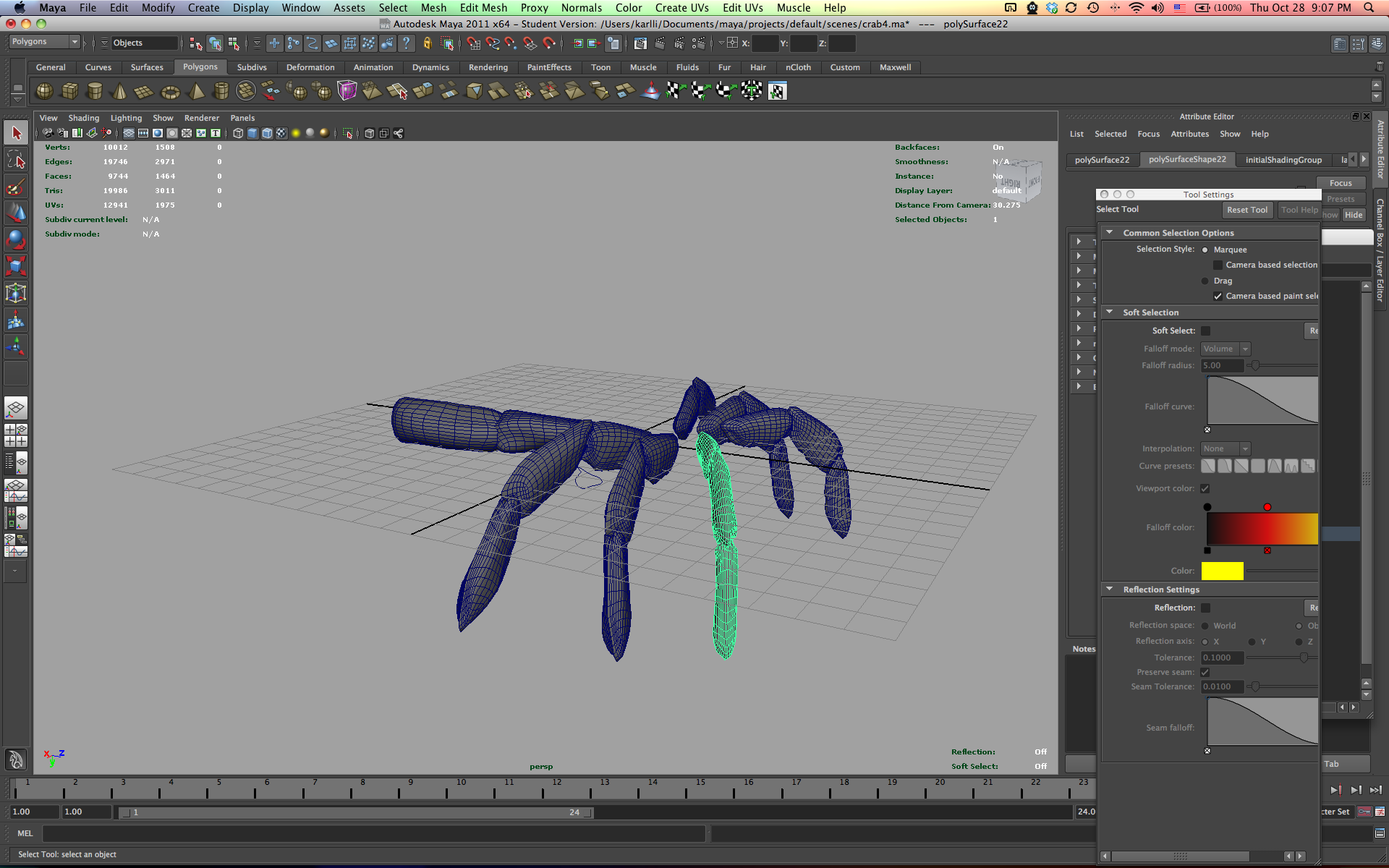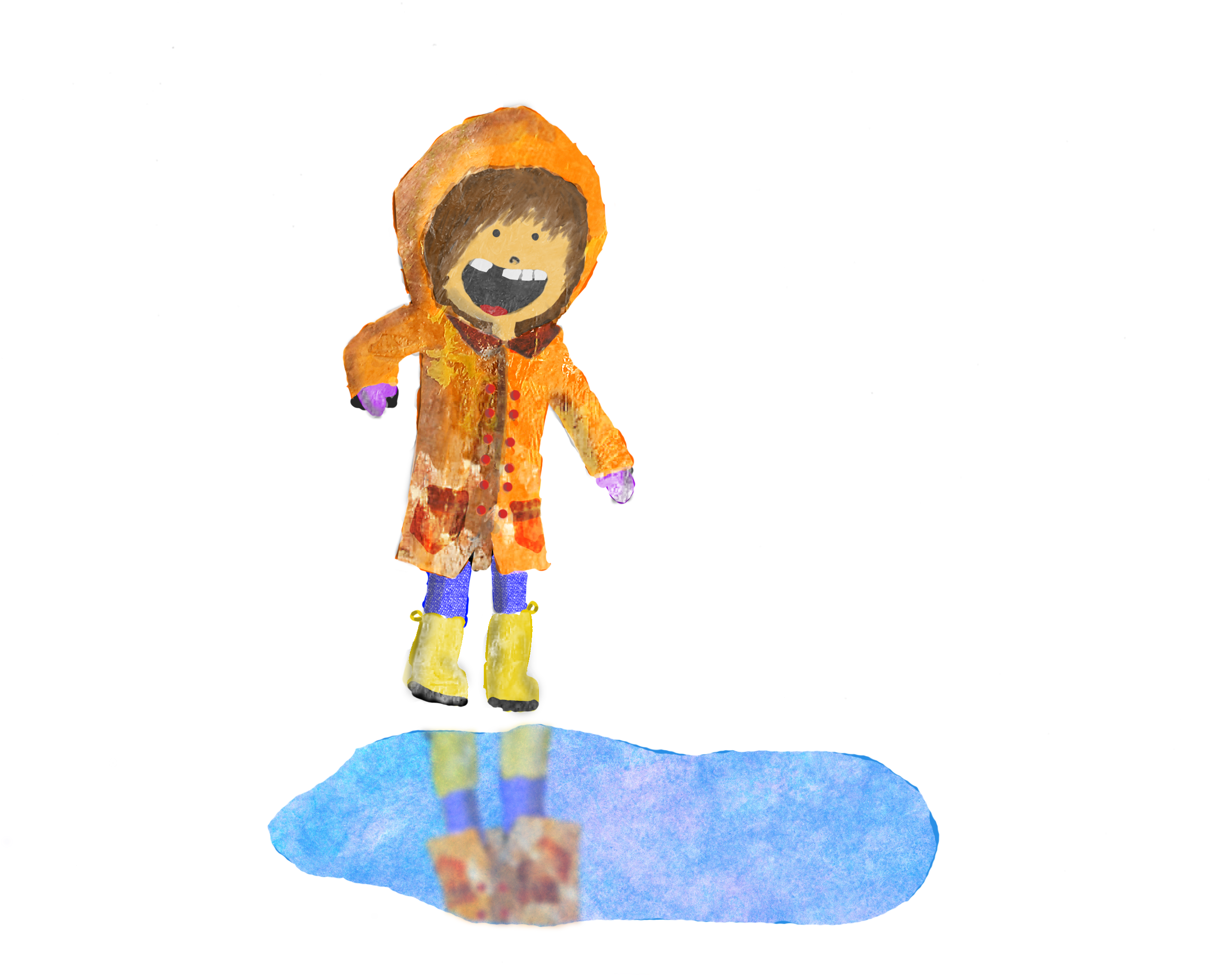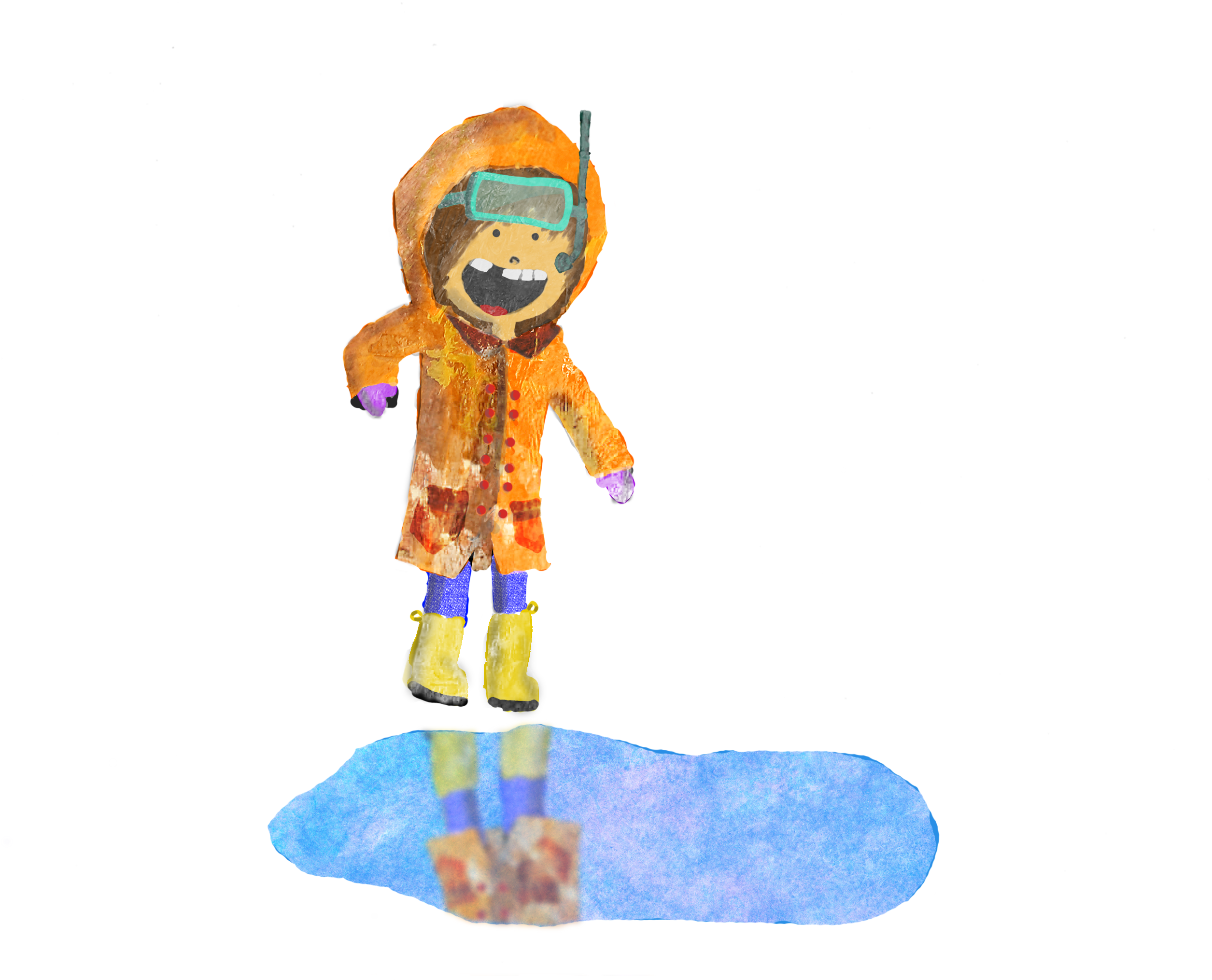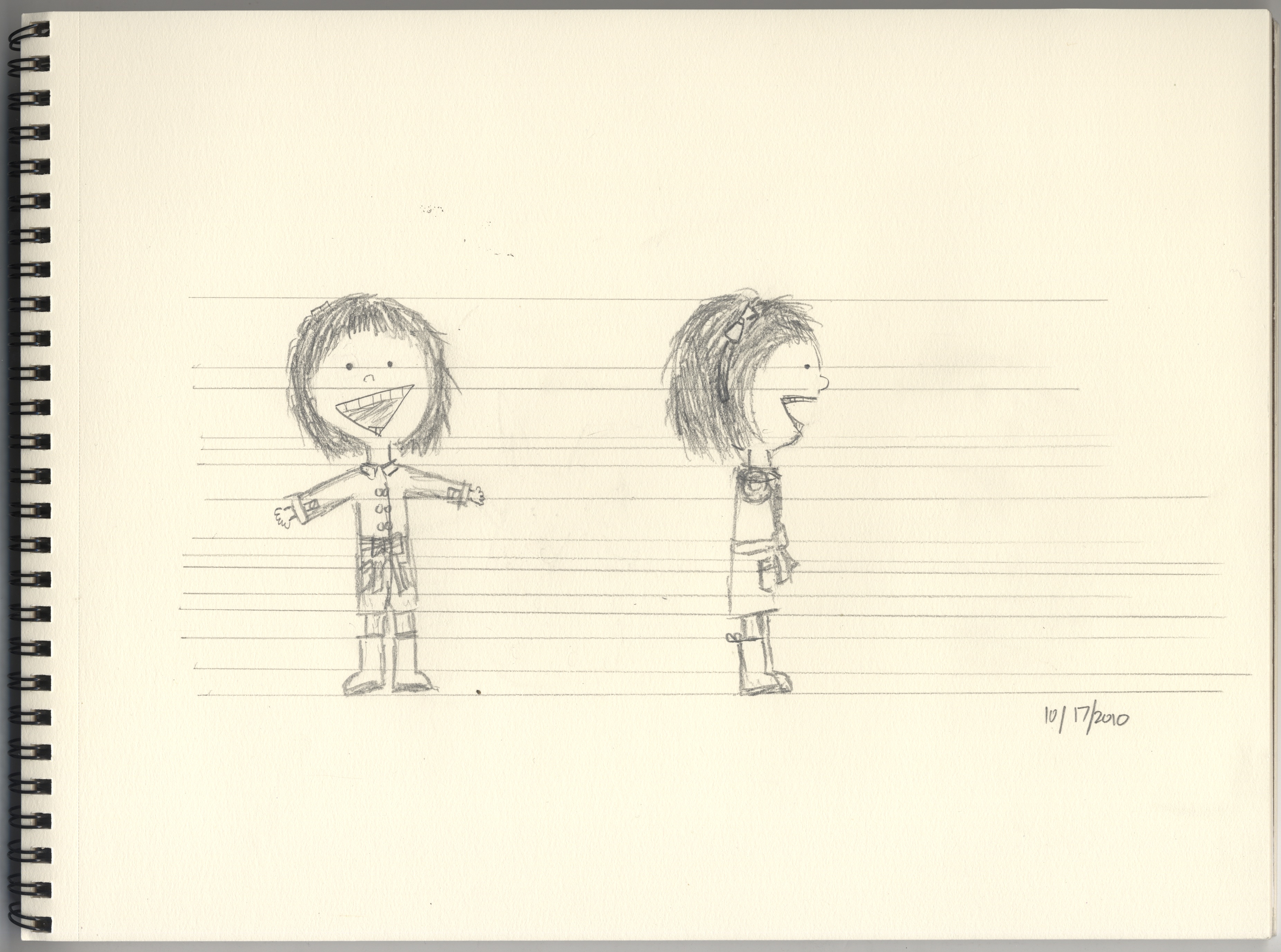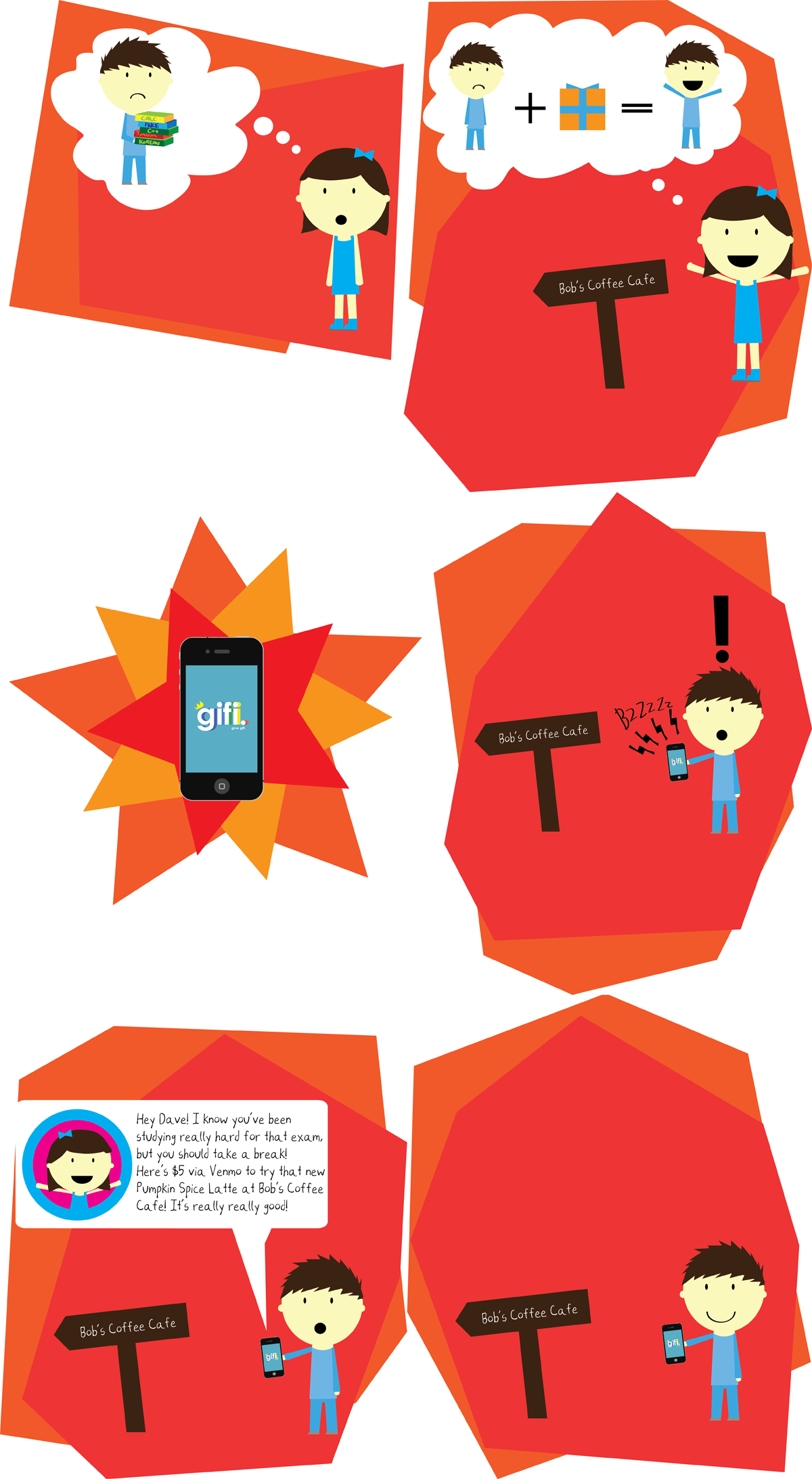Hermit Crab Progress
I’m working on a hermit crab in 3D Modeling class! The shell was really hard to make… I wound up making a small segment, duplicating special it, and then stitching all the segments together by hand. So… the crab itself is only some legs right now. I have a lot of work to do on this still…
I’m thinking about trying Mudbox for texturing this thing. The UVs on the shell aren’t pretty, and I don’t want to spend a gazillion hours unwrapping those UVs….
More later.


